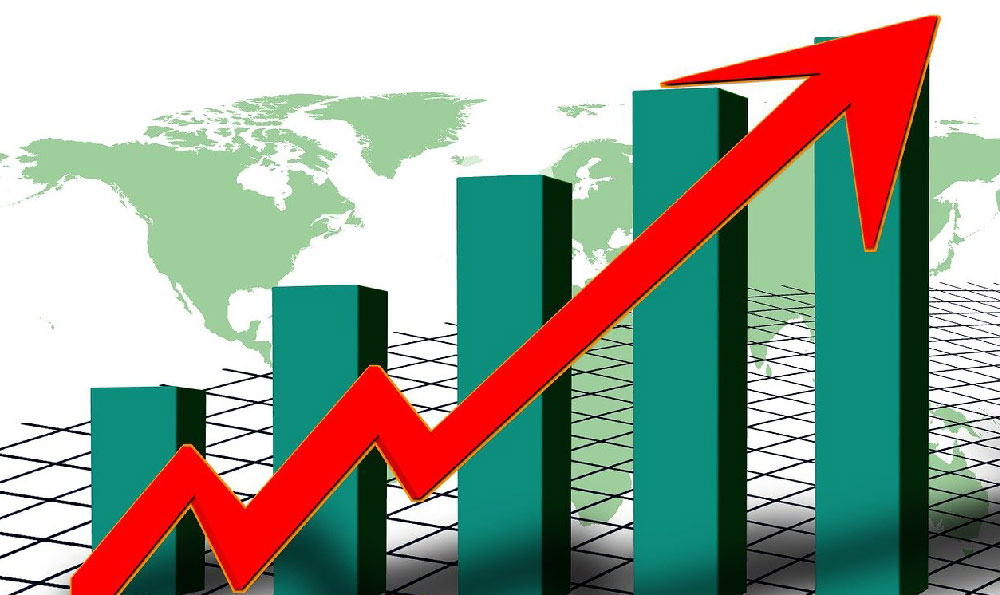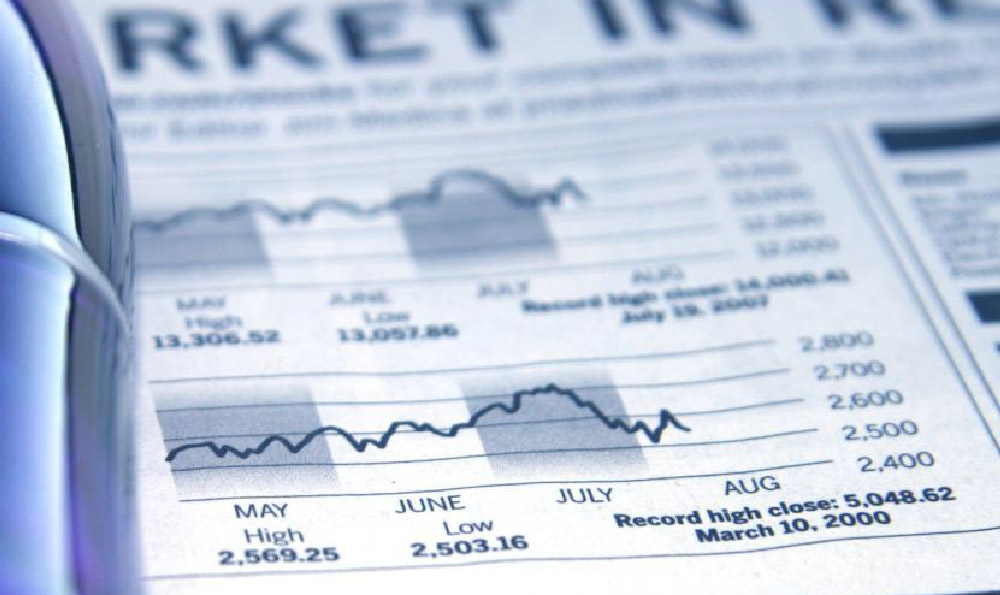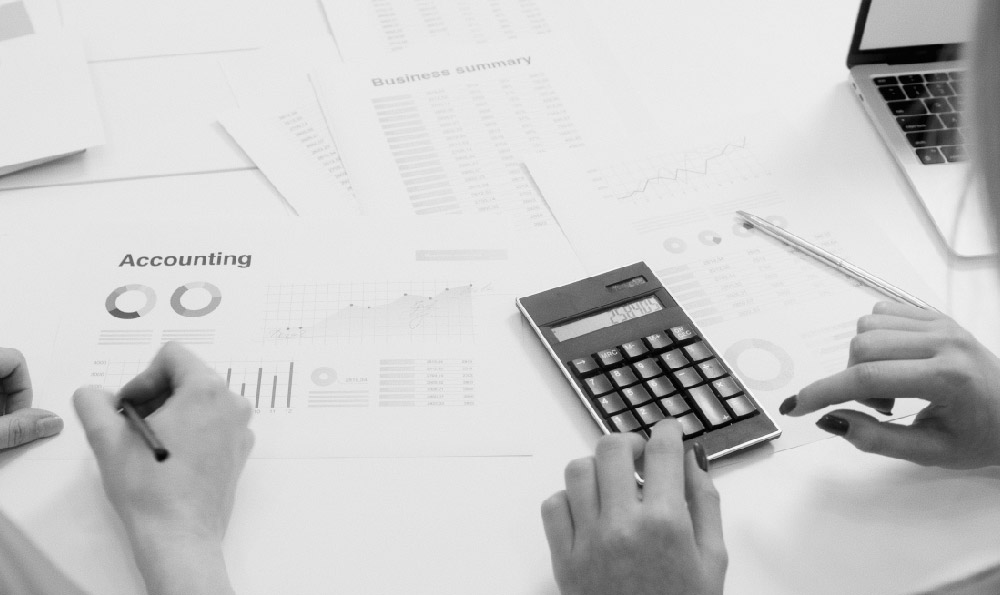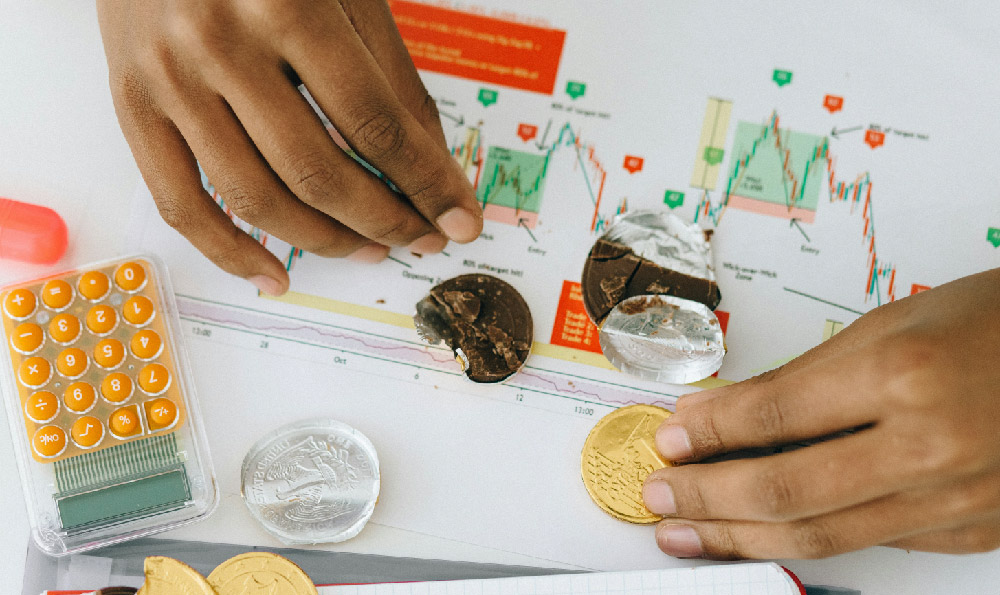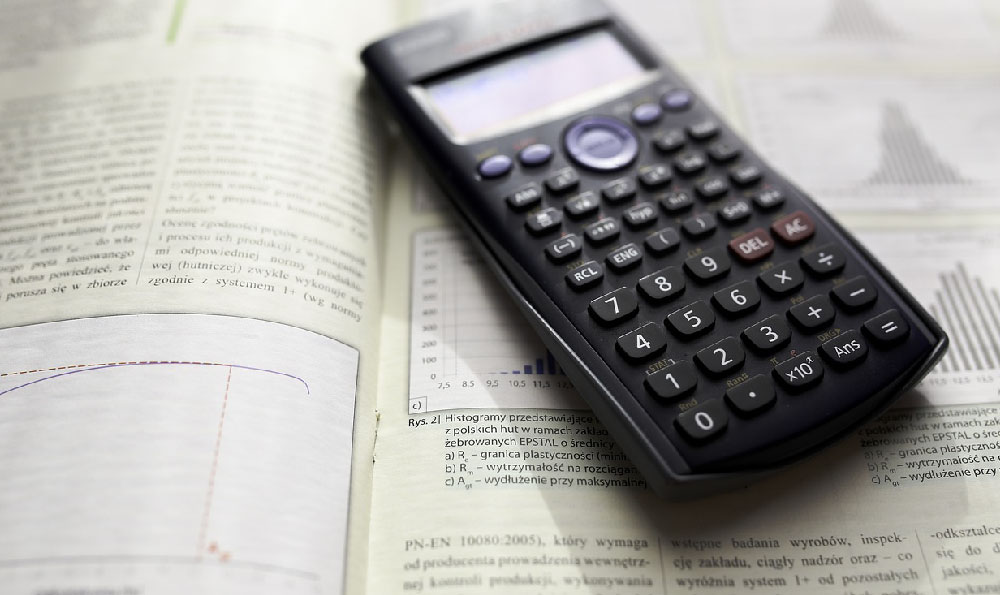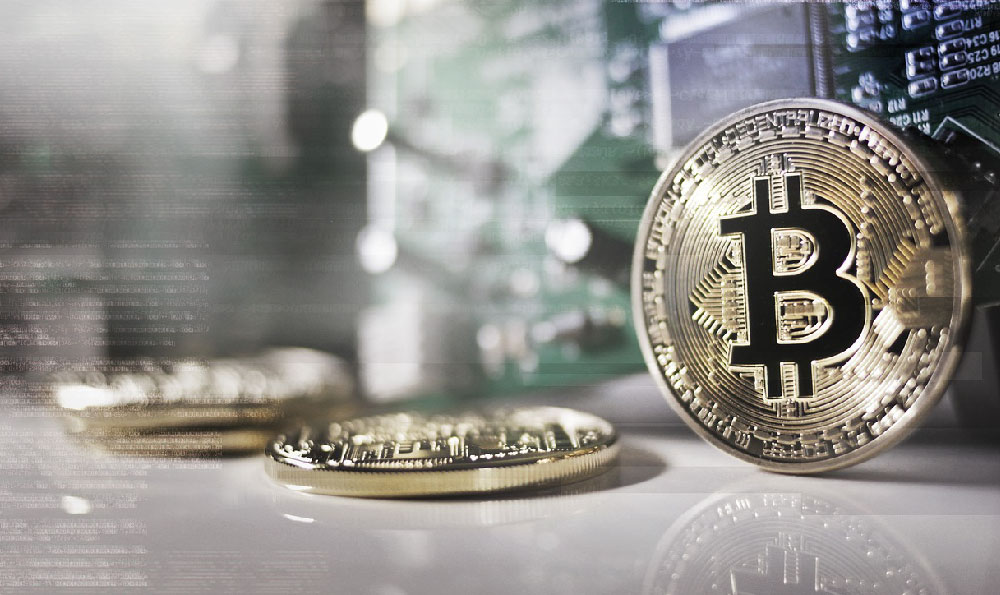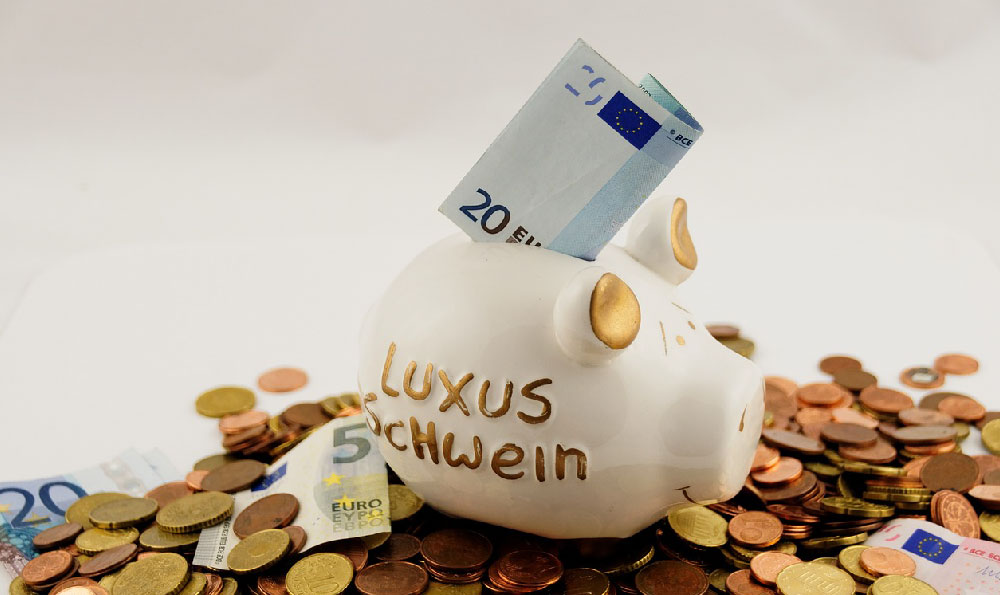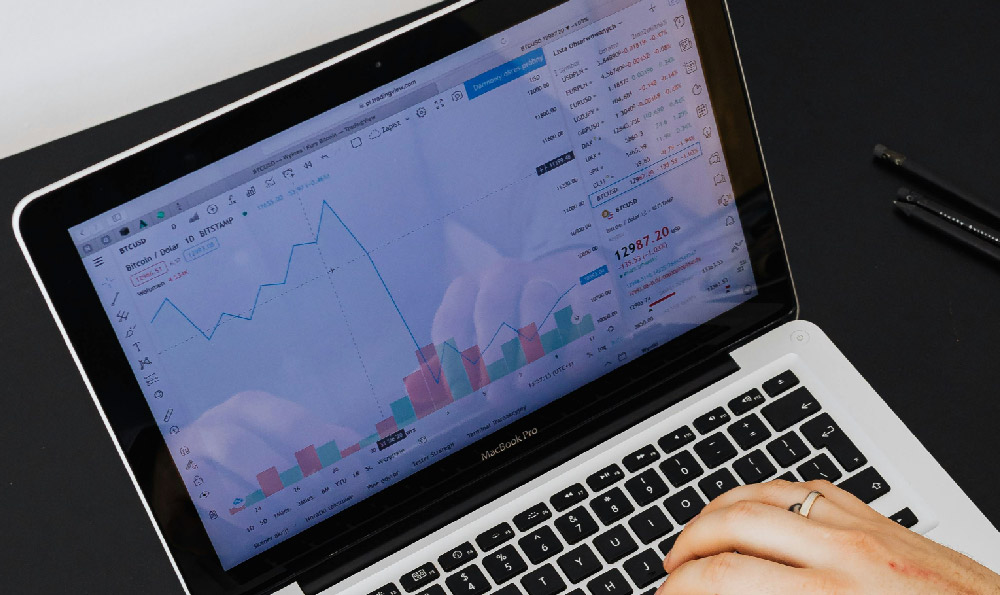Dubai's meteoric rise from a small pearl diving and fishing village to a global hub of commerce, tourism, and luxury is a captivating story of visionary leadership, strategic planning, and a bit of luck. It's a narrative less about striking oil riches – although oil played a significant role in the initial stages – and more about transforming a desert emirate into a diversified and thriving economy.
The discovery of oil in 1966 marked a turning point. However, unlike some oil-rich nations that solely relied on their petroleum revenue, Dubai's rulers, particularly Sheikh Rashid bin Saeed Al Maktoum, recognized the finite nature of this resource. He understood that long-term prosperity required a sustainable economic model that could outlive the oil reserves. This forward-thinking approach became the cornerstone of Dubai's success.
Sheikh Rashid’s vision centered on developing Dubai into a major trading and transportation hub. He invested heavily in infrastructure, prioritizing the construction of Jebel Ali Port, which became one of the largest and busiest ports in the world. This strategic location, coupled with efficient customs procedures and a free trade zone established in 1985, transformed Dubai into a pivotal center for re-export trade, connecting East and West. This commitment to infrastructure development has been consistent throughout Dubai's growth, continuously expanding to meet the demands of a growing economy and population.
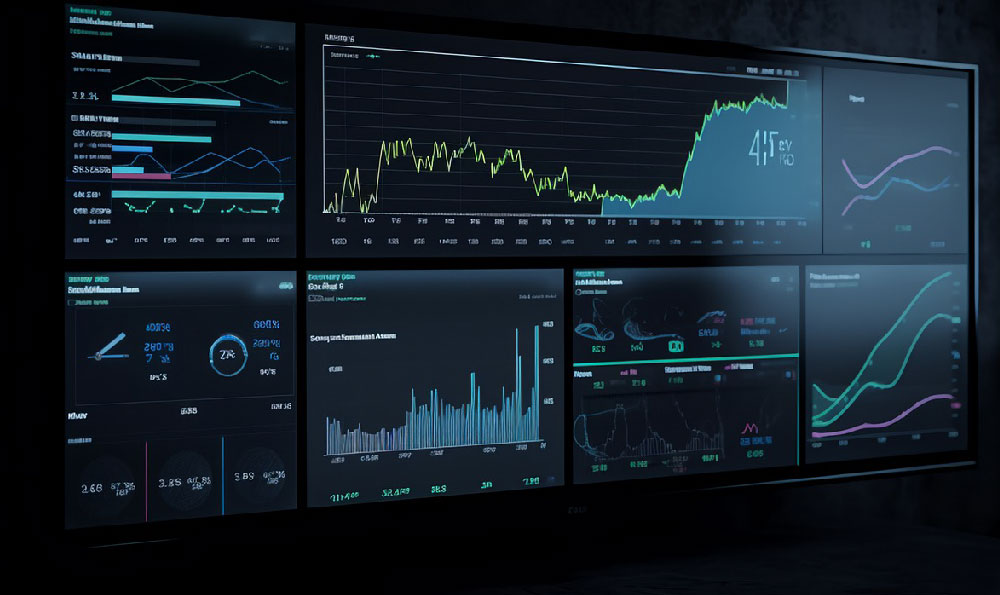
The establishment of Emirates Airline in 1985 further propelled Dubai’s transformation. Recognizing the potential of air travel and connectivity, the airline quickly grew into a global carrier, linking Dubai to destinations worldwide. This not only facilitated trade and tourism but also solidified Dubai's position as a major aviation hub. The success of Emirates Airline wasn't just about having planes; it was about providing superior service, strategic route planning, and a commitment to connecting people and cultures.
Beyond infrastructure and transportation, Dubai actively fostered a pro-business environment. The government implemented policies that encouraged foreign investment, simplified regulations, and offered tax incentives. This created a welcoming atmosphere for businesses and entrepreneurs, attracting talent and capital from around the globe. The establishment of various free zones catering to specific industries, such as Dubai Media City and Dubai Internet City, further boosted specialization and innovation.
Diversification became the central theme of Dubai's economic strategy. Recognizing the vulnerability of relying on a single sector, the government actively promoted tourism, real estate, and financial services. Massive investment in world-class hotels, resorts, and attractions transformed Dubai into a leading tourist destination. Iconic landmarks like the Burj Khalifa and the Dubai Mall became symbols of Dubai's ambition and architectural prowess. The real estate boom, fueled by foreign investment and a growing population, contributed significantly to the emirate's economic growth, although it also experienced periods of volatility.
The financial sector also played a crucial role. The establishment of the Dubai International Financial Centre (DIFC) created a regulatory environment that attracted international banks, asset managers, and financial institutions. This strengthened Dubai's position as a regional financial hub, facilitating investment flows and providing access to capital.
However, Dubai's success story is not without its challenges and criticisms. The rapid pace of development has raised concerns about labor practices, environmental sustainability, and income inequality. The dependence on foreign labor has led to issues related to workers' rights and welfare. The intensive use of resources, particularly water and energy, has put a strain on the environment. Furthermore, the concentration of wealth in the hands of a few has created a disparity between the rich and the poor.
Despite these challenges, Dubai's success is undeniable. It is a testament to the power of visionary leadership, strategic planning, and a willingness to embrace innovation. The city's ability to adapt to changing global circumstances and diversify its economy has been key to its long-term prosperity. While oil provided the initial impetus for growth, it was the subsequent investment in infrastructure, tourism, and financial services that truly transformed Dubai into the global metropolis it is today.
Looking ahead, Dubai faces new challenges, including increasing global competition, the need to further diversify its economy, and the importance of addressing social and environmental concerns. However, the spirit of innovation and the commitment to long-term planning that have defined Dubai's past will likely continue to shape its future. To maintain its competitive edge, Dubai must continue to invest in education, technology, and sustainable development. This will ensure that Dubai remains a vibrant and thriving economy for generations to come, a beacon of innovation and a symbol of ambition in the 21st century. The city’s focus on becoming a smart city, investing in renewable energy, and promoting cultural tourism are all steps in the right direction, showcasing a continued commitment to progress and sustainability. Ultimately, Dubai's enduring success will depend on its ability to adapt, innovate, and address the challenges of a rapidly changing world.


